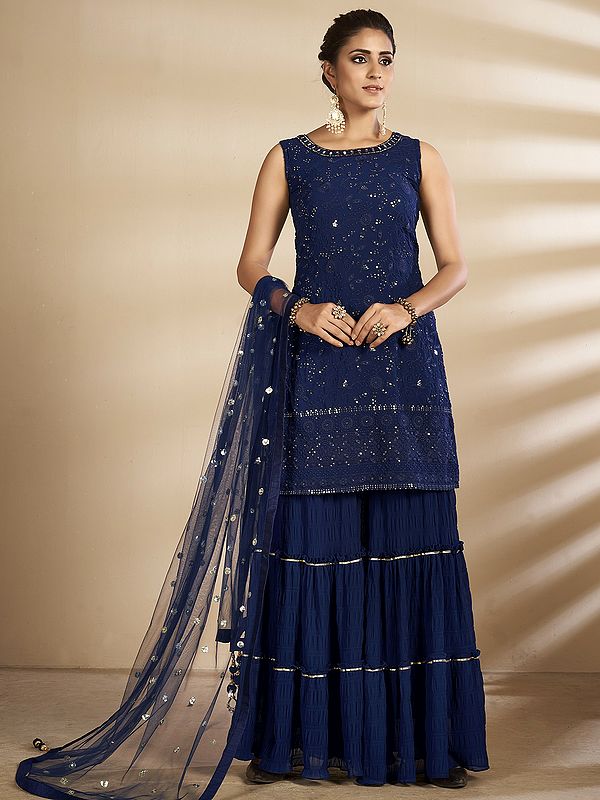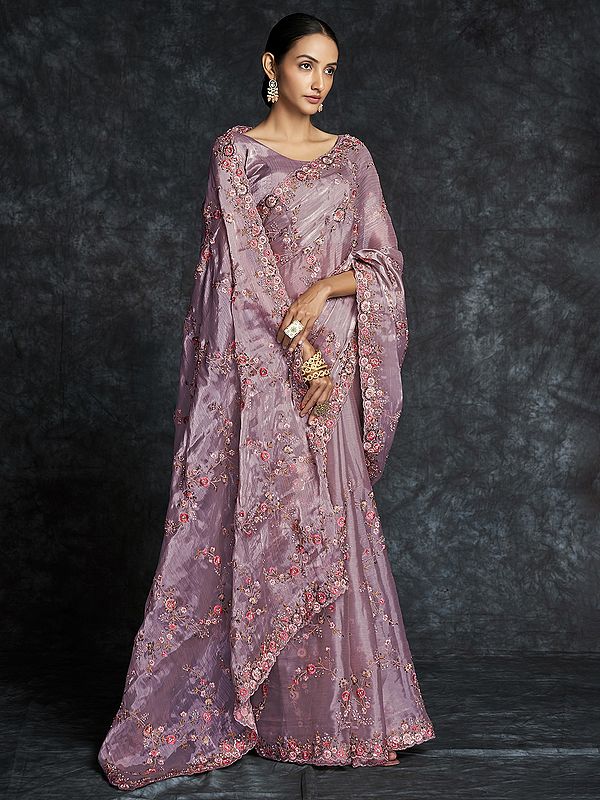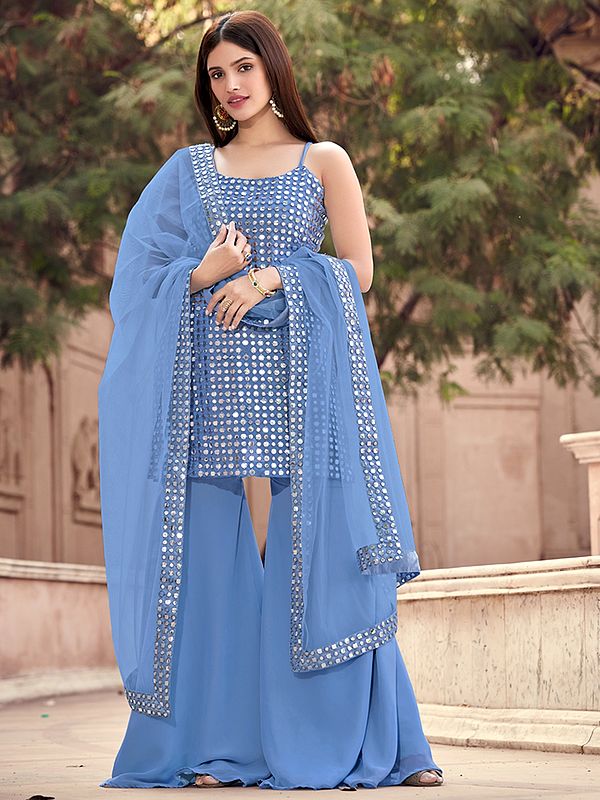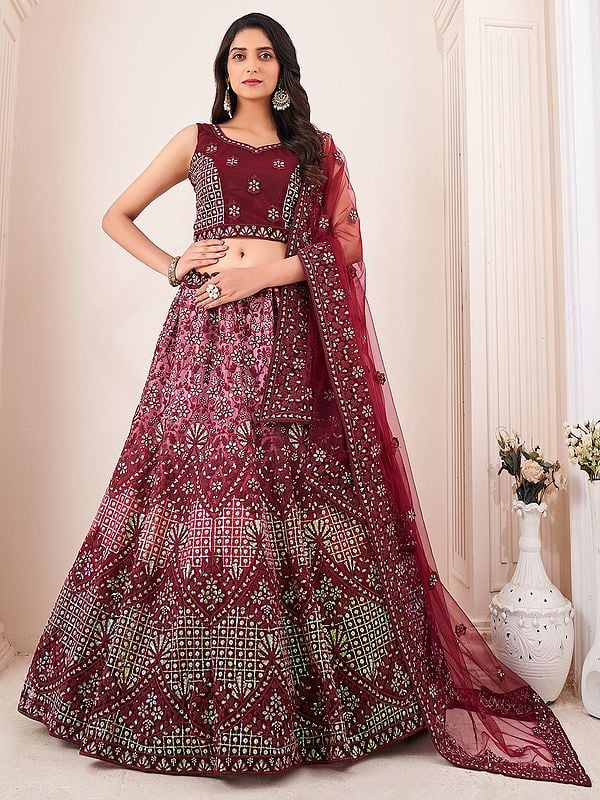Traditional Indian Ethnic Wear Outfits Every Woman Should Own
There's no denying that ethnic wear is an integral part of Indian culture. Indians have always been renowned worldwide for their unique dressing styles and clothing traditions. India, with its diverse cultures, religions, ethnicities, and ways of life, showcases a remarkable variety of ethnic wear that directly reflects the country's rich heritage. Our traditional clothing is deeply rooted in ancient times, drawing inspiration from different cultures and the availability of various materials that have prevailed throughout different eras. It is opulent, resplendent, and breathtaking. Over time, Indian designers have embraced ethnic wear, creating stunning outfits and innovative patterns.
But what makes Indian ethnic wear so special? Is it the origin of production? The materials used? Perhaps it's the intricate embroideries.
If you're curious to delve deeper and learn more, continue reading to explore the authentic appearance of Indian ethnic wear across the country.
The Booming Market Indian Ethnic Wear
While it is quite common, Indian ethnic dress is diverse. You may dress it up for formal occasions or spice it up for a typical festive function or wedding to create a spectacular show. As a result, the ethnic clothing market has always been booming.
Types of Indian Ethnic Wear
Generally speaking, ethnic clothes in India includes sarees, lehengas, salwar kameez, kurtas, ethnic gowns, shararas, ghararas, sherwanis, bandhgalas, and more.
For centuries, sarees have been fashionable. It is a style of clothing that is always in vogue. They come in a variety of patterns, colors, materials, and styles. For various occasions, one can purchase different sarees, ranging from plain patterned ones for formal events to bedazzled embroidered pieces for festivals and weddings. India is without a doubt a saree gold mine, and different states are providing customers with distinct and unique sarees. And the one kind of saree that everyone adores is made from authentic, pure silk.
Lehengas are the second most popular clothing garment. Everyone's preferred wedding attire is a lehenga. A lehenga is always the perfect dress, whether you're a bridesmaid, a guest, or the stunning bride herself. Additionally, they come in a variety of fabrics and styles, with many women emphasizing crafty blouses and flowing lehengas. On their wedding day, most brides invariably choose to wear a lehenga, accessorizing it exquisitely with lovely jewelry, makeup, and hairstyles.
In addition to these, other incredibly popular ethnic clothing for women includes shararas, ethnic gowns, and Anarkalis, which come in a variety of patterns and designs and include exquisite embroidery and immaculate design.
Indeed, ethnic wear is one type of clothing that everyone may wear.
Materials Used to Make Indian Ethnic Wear
Most ethnic wear is made of diverse materials and has designs and patterns like floral, paisley, chevron, etc. Anything from simple fabric paint to mirror work and zari embroidery may be used as an embellishment. The material that it is made of, however, is the one factor that really matters. When it comes to everyday ethnic clothing, cotton and synthetic fabrics like rayon, acrylic, nylon, and polyester are typically chosen. While silk, velvet, chiffon, tulle, and soft cotton are frequently used in ethnic wear for festivals and weddings.
Undoubtedly, the most common fabric used for ethnic clothing is silk. India has a large silk industry that is utilized for creating exquisite outfits that become a family heritage. The material has an unmatched shine and works fantastically with both weave and embroidery.
Conclusion
In conclusion, ethnic clothing that is made of pure silk shines the brightest, whether you choose a suit, saree, or lehenga. Their value increases tenfold, and the simple act of wearing an ethnic outfit made of fine silk outshines all other feelings.








Comments
Post a Comment